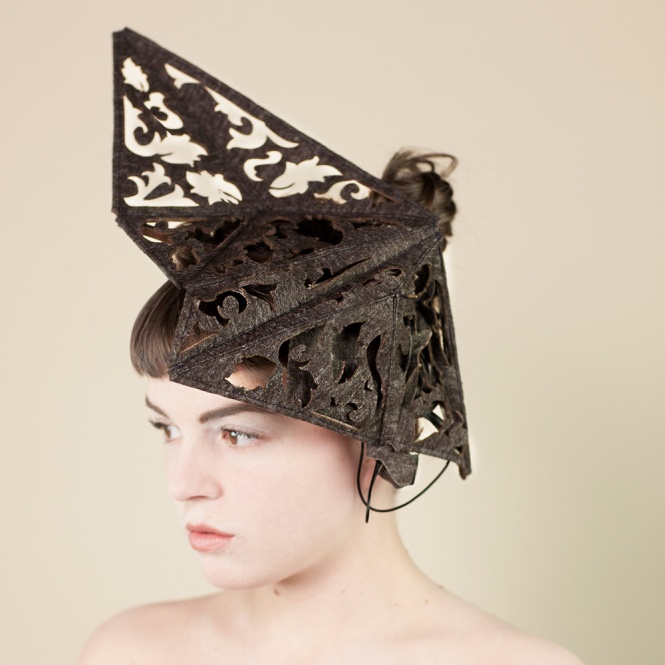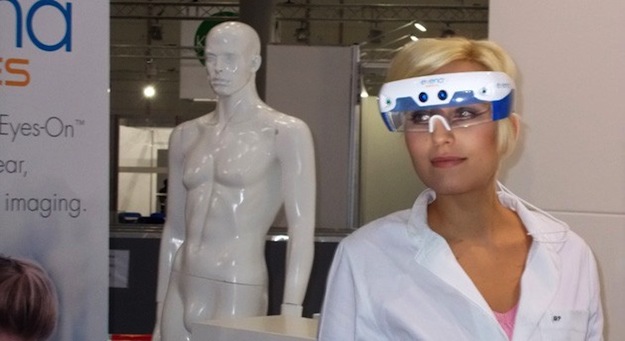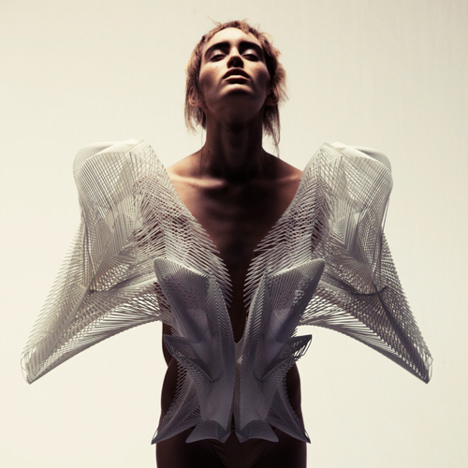“The paradigm of clothing as protector and concealer is slowly shifting: increasingly, our bodies are becoming more and more public, while new forms of neuroimaging technology are developing that may one day allow for surveillance and interception of the contents of our minds.” say Chung and Morris.
Two Fabrica design researchers, Lisa Kori and Caitlin Morris, created a line of high-fashion accessories that can shield your thoughts from mind-reading scans. Both are interested in contemporary issues of privacy and the role of craft in technology, and came together to reconsider the role that garments might play in society and surveillance.
These high-fashion accessories carry alert wearers to Neuro-Imaging Surveillance (NIS) scans. The technology is currently used for medical purposes. It can scan the brain to see which brain activities are active so you might can see what a person is thinking or feeling.
The anti-NIS accessories have built-in sensors to detect brain scans but they cannot block the scan without heavier, less subtle technology. Instead, the pieces use lights, bone-conduced sound, or electric shocks to momentarily distract the user, thus preventing the scan from seeing their previous mental state. Kori and Morris’s anti-NIS line made its debut at the Futures10 exhibition during the Wearable Futures festival in London.
SOURCE: Moco Loco




